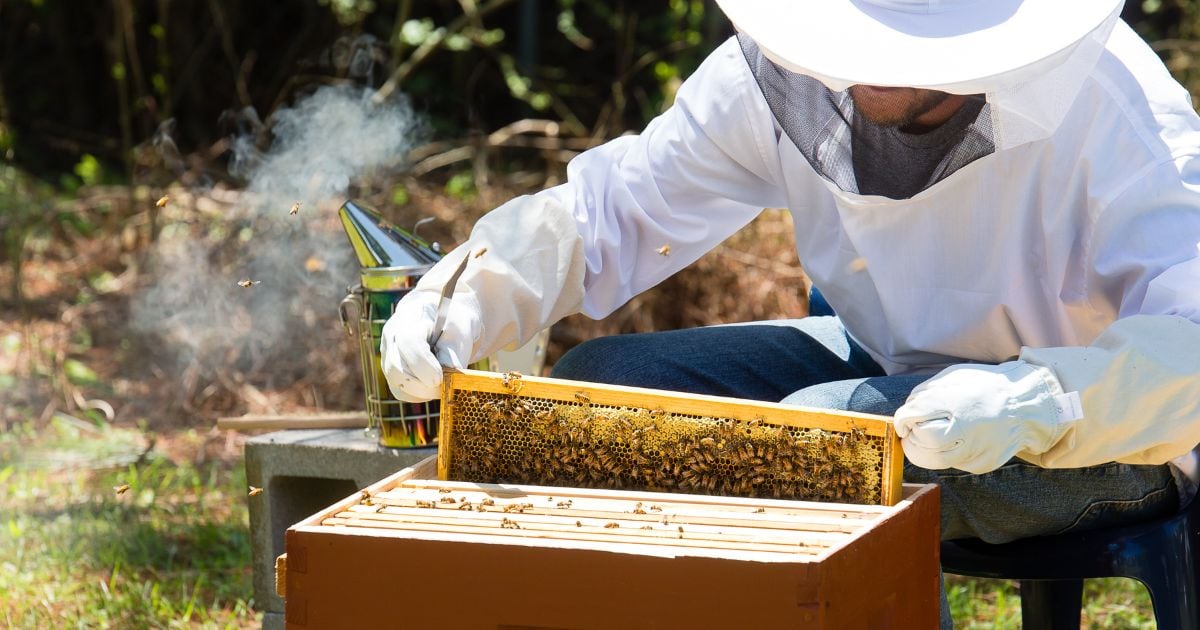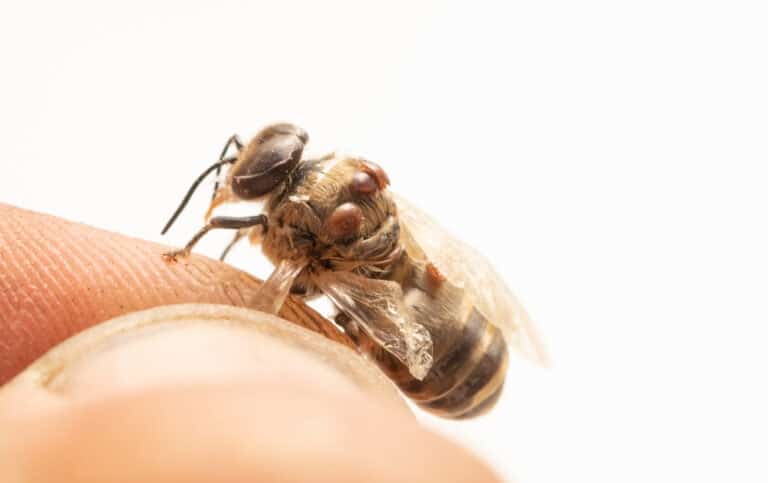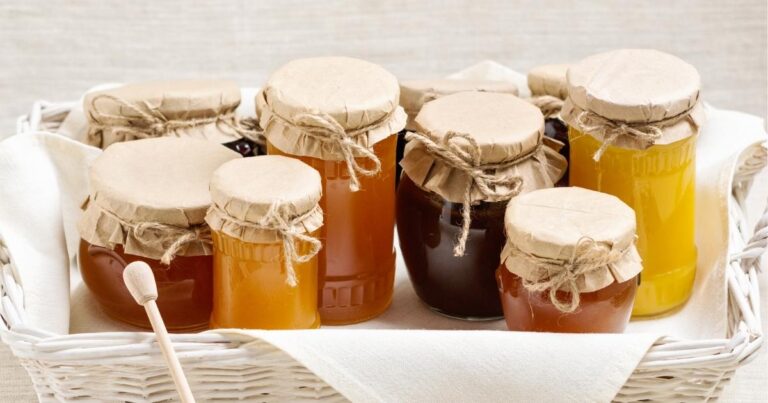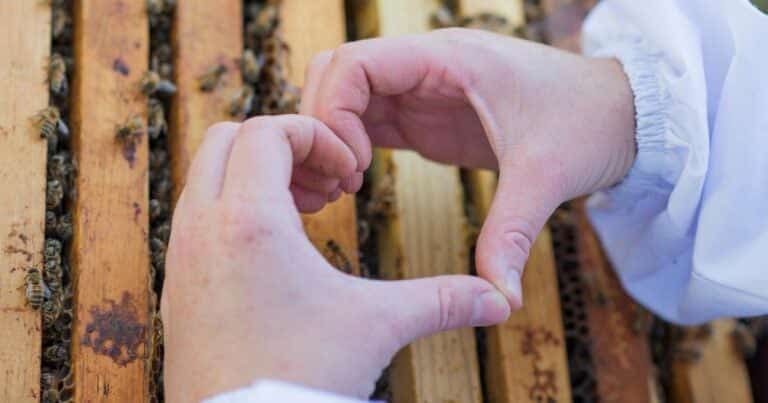Do Bees Need Beekeepers?
Have you ever wondered if bees need beekeepers? What would happen if they were left to fend on their own?

It’s understandable to wonder if bees need beekeepers. But you may as well ask whether snakes need trampolines!
First, let’s consider some aspects of the biology of these amazing organisms.
Along with sawflies, wasps and ants, bees form part of the order Hymenoptera, one of the largest groups of insects. One could call bees the ‘vegans of the wasp world’.
Bees have remained largely unchanged for millions of years – it’s difficult to improve upon perfection!
They may be invertebrates, but bees exhibit more similarities to higher mammals than you may think.
Male and female genders are represented by the drones and queen, respectively.
Female mammals produce milk to nourish their young; likewise, worker bees secrete a ‘milky’ substance called royal jelly. This comes from their hypopharyngeal glands and is fed directly to the larvae.
By regulating metabolic processes, mammals can maintain a stable body temperature higher than their surrounding environment (typically around 36-39.4C).
Similarly, by disconnecting their wings from the flight muscles, bees can utilise these muscles to generate metabolic heat to maintain the hive’s interior at an optimal temperature of approximately 35C (95F).
Mammals possess a uterus, in which the future generation can develop in a safe and controlled environment. Bees accomplish a similar feat by using individual cells in the brood chamber, which provides ideal conditions for larvae growth.
Some mammals have developed sophisticated methods of communication; bees use the ‘waggle dance’ to impart precise details of the location of an abundant food source to other foragers.
In addition, bees have a highly organised and specialised social structure. They produce honey as a reserve source of energy to be consumed in winter or when a dearth of nectar or poor environmental conditions preclude foraging activity.
Pollen is also collected and stored as ‘bee bread’, providing protein for brood development.
With more than four humans born every second, the world’s population is growing at an extraordinary rate – and so is the amount of food required to feed us all. One in three mouthfuls of food consumed by mankind relies on pollination by bees, and hence, these industrious insects have assumed far greater importance than ever before.
Colony collapse disorder is a phenomenon in which all but a few bees leave the hive and disappear. Although well documented in the history of apiculture, this syndrome has become increasingly prevalent in recent years. It now poses a serious threat to honey bee colonies worldwide and agriculture which is dependent upon bees for pollination.
Regional decline in honey bee numbers has been reported to be more than 50%. No definitive causes have been identified, but likely suspects include chemicals such as neonicotinoids and diseases transferred from the parasitic bee mite, Varroa destructor.
To answer the question posed in this article, do bees need beekeepers:
Whether your beliefs are founded upon evolution or creationism, the simple fact is bees have been around for a very long time, and we need them much more than they need us.




